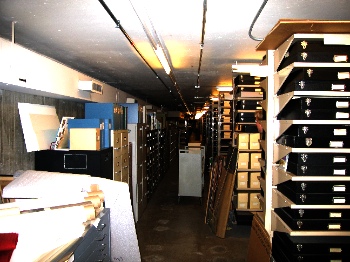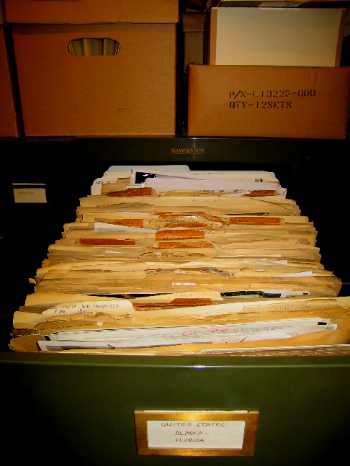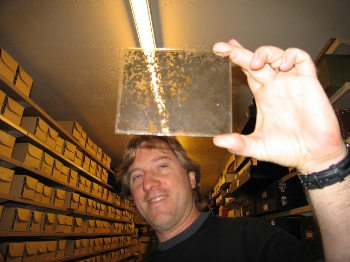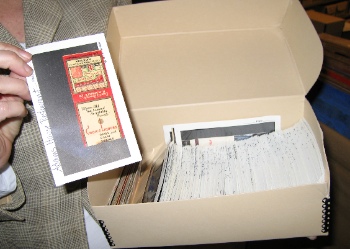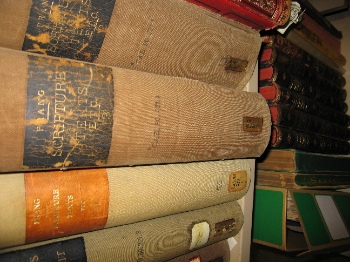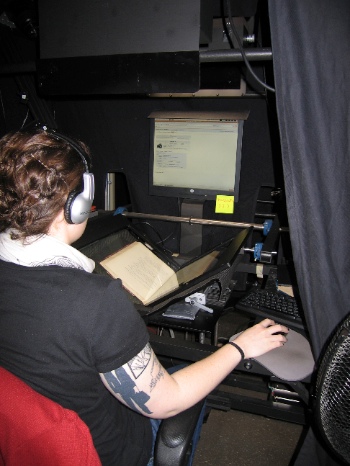June 24, 2008
Berkman lunch: Karim Lakhani and Ned Gulley on collaborative innovation
Karim Lakhani of Harvard Business School and Ned Gulley of MathWorksMathLab are giving a Berkman talk called “The Dynamics of Collaborative Innovation: Exploring the tension between knowledge novelty and reuse.”
Karim begins by looking at research by Meyer on the airplane’s hidden collaborative history: It didn’t spring whole cloth from the brow of the Wright brothers. E.g., Chanute served as a hub for pre-Wright research and innovation. The Wright brothers actively corresponded with him. Once the Wright brothers patented their inventions, innovation moved to Europe (which is why so many of our aviation terms are French … l’fusilage, anyone?).
Ned talks about the contest MathLab (where he works) runs every six months– sixteen times so far — designed to encourage the free flow of ideas. It’s a week-long open collaborative competition for MATLAB programmers. Entries are displayed, scored, and ranked immediately. Anyone can modify anyone else’s code and resubmit it as their own. The leader is determined objectively by putting it through some hidden tests that judge its efficiency. (They don’t make the optimization suite public because they don’t want people to “game” it.) The prize is a t-shirt or baseball cap, although the real prize is reputation.
Ned shows a graph of entries and processing times. It’s quite a dramatic set of cliffs. On the other hand, there are lots of dots representing people who make “improvements” that aren’t improvements. This may be people with bad ideas or people whose ideas happen not to work the way MATLAB prefers.
The winning entries on average have contributions from 30 people. Ned says that when some code leaps ahead, you’ll see “splash” as tweakers try to improve it marginally, often making it marginally worse.
Q: In the commercial realm, what happens when an early innovator patents it?
You don’t get collaborative innovation.
People name their entries, and sometimes sell social signals with them: “Tweakfest” or “I wish I knew how this works.”
Ned says that if a chicken is only an egg’s way of making another egg, then a hacker is only code’s way of making more code.
Karim talks about some statistical analysis of entries into the contest. He looks at how many lines an entrant borrows and how many times the entry’s reused. There is a power law distribution: A few lines are used thousands of times, but most are used zero to three times. His analysis shows that when it comes to entries that become leaders, borrowing pays off more than novelty.
Q: Have coders evolved in these games?
Yes. More collaborative. And more sophisticated in their gaming of the contest.
Topcoder.com uses this model to develop code solving practical problems.








